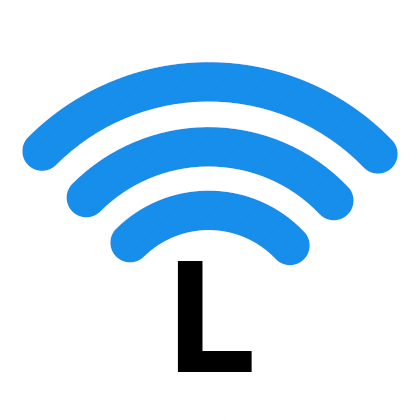APRS 438
 Welcome to the home of APRS 438,
the 438 MHz LoRa APRS amateur radio project that extends range by saving bytes.
Welcome to the home of APRS 438,
the 438 MHz LoRa APRS amateur radio project that extends range by saving bytes.
Unlike some other ham radio LoRa APRS projects, this white paper and project aims at deploying LoRa the way it was intended; namely by being frugal about the number of bytes put on air. Doing so, reaps a number of benefits:
- less airtime,
- increased battery life,
- higher chances of good packet reception,
- hence, increased range,
- lower probability of packet collisions,
- therefore, more channel capacity.
The documentation of this project was moved to https://aprs438.readthedocs.io/